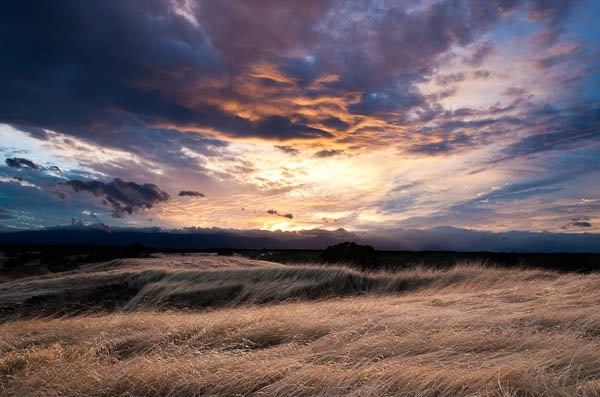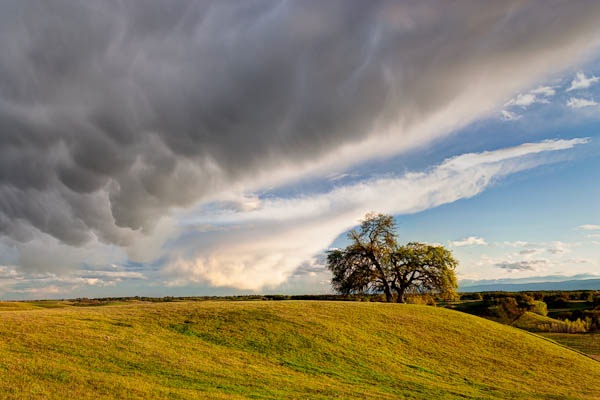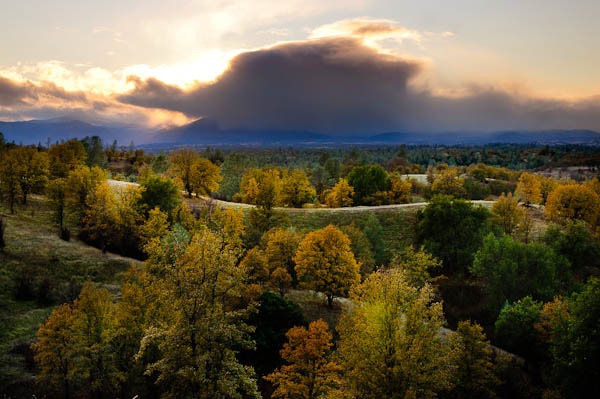1. Stop Moving
Do you treat your street photography as if you are taking a beautiful stroll through the city? There is nothing wrong with this of course, but it is very hard to walk, pay full attention and still capture quality street photos at the same time. You will often find yourself out of position when a moment happens and it is much easier to be noticed when you try to get yourself into position. Finally, people are usually moving in the opposite direction of you and so it can be tough to stop your motion enough to achieve a sharp shot while framing correctly at the same time. All of this takes a lot of coordination to pull off while moving.
The key is to slow down. Make a point to stop every few blocks and wait for a few minutes. See what happens. You want the subjects to come to you and not the other way around. Explore your surroundings in a detailed way and wait for things to unfold around you. You will be surprised at the amount of moments that will occur while you are just standing around.
2. Pay Attention to the Eyes
If you want to improve your street photography (or portraiture) by a thousand percent then paying attention to a person’s eyes is the way to do it. People can be so skilled at hiding their emotions on their faces but their eyes will never lie. I see too many street photos with blank stares these days. Search for that hint of emotion in a person’s eyes and it will have a transformative effect on your photography.
In addition, direct eye contact can be extremely important. It creates a powerful connection with the subject. I usually try to avoid being noticed and so I often don’t aim for eye contact but sometimes waiting for a person to look at you is exactly what a photo needs. The photograph will still be candid as long as you capture the subject in the moment that they first look at you and before they are able to react.
3. Focus on Details
Street photography is not only about capturing crazy juxtapositions or fitting as many different people or objects into an elaborate frame. In fact, this is something that I see way too much. Often, it’s best to simplify your photos and search for the ‘little things’ – the tiny hints about life that everyone else seems to miss. Look at the details: a person’s hands, an expression, a piece of clothing, or a single object framed very close. Powerful ideas and emotions can be portrayed through the simplest of scenes.
4. Shoot at ISO 1600
Digital cameras these days are amazingly good at high ISOs. If you are in bright sunlight or shooting still objects then you don’t need to shoot around ISO 1600, but for the rest of the time it is a good idea. I pretty much live in ISO 1600, 800 and 3200. Shooting with a high ISO will help you achieve sharper images by letting you to use a faster shutter speed and a smaller aperture, allowing for more of the scene to be sharp. As long as you are using a decent digital camera, you will quickly notice that shooting with a high ISO will create a much higher quality image, despite the extra grain.
Also, grain is beautiful! Just make sure to not brighten the exposure too much in post-production with a high ISO photo. That will ruin the photo. If you are shooting with a high ISO, exposing correctly is extremely important.
5. Find shots without people
Street photography is often wrongly associated with being entirely about photographing people on the streets. Street photography is about people, or more specifically about human nature, but people don’t need to be present in the scene. There are an infinite amount of opportunities out there for epic street photos without people. You just have to look for them.
But let’s not confuse a street photograph without people with an urban landscape. An urban landscape is a straight shot of an urban environment, such as a simple shot of the Empire State Building. Street photos on the other hand say something about human nature. They have a message to them. Take the example of Layers of the City. This photograph represents the changing nature of Manhattan and particularly the neighborhood of the East Village, which is currently the fastest gentrifying neighborhood in the city. It portrays the progression from the seedy underbelly of the neighborhood to a sleek and sterile future. The shot says something about human nature and the nature of cities. It is not just a straight shot of a construction site.
6. Shoot at Night with Artificial Light
Night is one of the most fun and rewarding times to shoot on the street. In general, I find street photos at night to be more moody and powerful than their counterparts taken during the day. And you don’t need to use a flash (although I do enjoy the flash look). I prefer to shoot without a flash because I love the colored and authentic look of artificial light sources and I want to take advantage of the beautiful qualities of these lights.
The trick to shooting street photography at night without a flash is to find bright areas and wait there (and shoot at ISO 1600 or 3200). Use glowing storefront signs and hang out near streetlamps. It will be worth it.
7. Like A Fine Wine
Street photography is like wine; it ages extremely well. This idea is something that you need to pay attention to when out shooting. Think about what is going to change. Focus on current trends or things that won’t be around in 2, 3, 10 or 20 years. For example, take a look at this 2012 shot of five people reading paper on the subway. This is not my favorite image by any means but it is going to age well extremely quickly. In 3 years, capturing an image like this may be impossible when almost everyone is using e-readers or their phones. This idea makes this image much more fascinating to me.
And this is only a small sample. The exciting thing about street photography is that for each of these seven “secrets,” there are dozens more. What other tips and tricks do you use to improve your street photography.
Hope these tips are useful and remember, just keep experimenting and clicking away.






